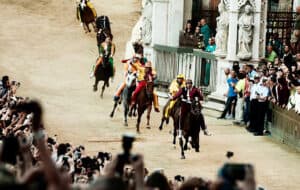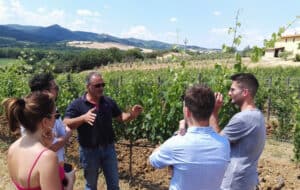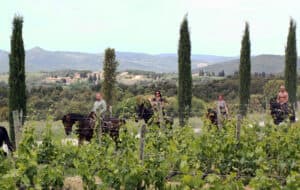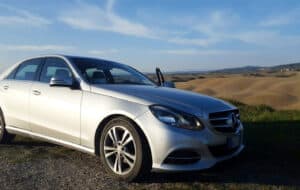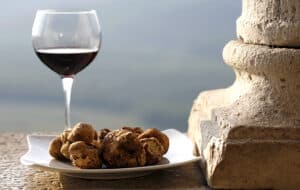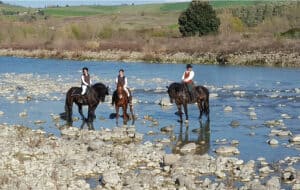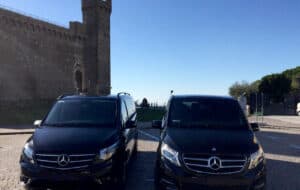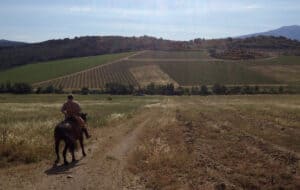The Palio di Siena, literally “the award of Siena”, is a festival that takes place twice a year, on the 2nd of July and the 15th of August but, actually, it’s a lot more! It is a collective theatrical rite over the course of four days with grandiose celebrations, parties and, of course also but not only, a horse race!
For this reason, the Palio di Siena is to be lived more than seen. It is worth at least a tour with a local guide from the morning of the race until the late afternoon after the “Carriera”, the actual race. Otherwise, you run the risk of misunderstanding one of the oldest surviving medieval traditions that has remained untouched until today.
The best option would be to stay in Siena for three nights. In this way, you could also enjoy the quieter practice runs in Piazza del Campo, attend a lively dinner at one of the Contrade headquarters the night before the race, and visit the key locations for the Palio di Siena festivities in the city center accompanied by the storytelling of a professional guide.
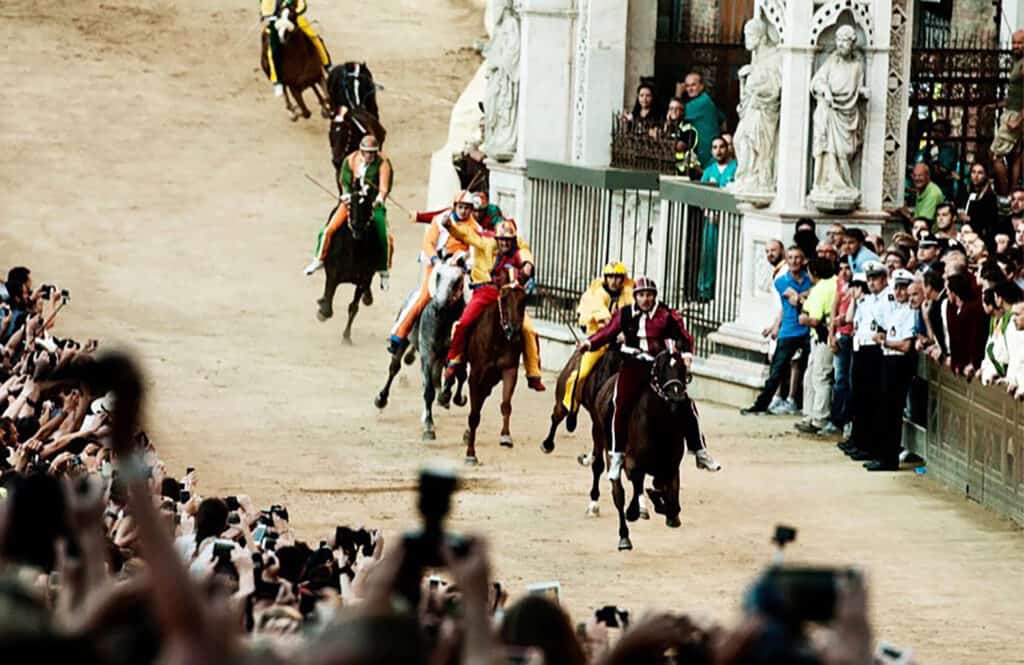
The Contrade Lottery
The city of Siena is divided into seventeen districts called “Contrade”. Only ten of these race against one another in the Palio. The participation of each Contrada is regulated by a lottery that takes place about twenty days before each Palio race. By default, the seven Contrade that did not participate on the same date the previous year run, while the other three spots are drawn from the remaining ten.
The Horses
The horses do not belong to the Contrade but are owned by private citizens who bring them to the “Entrone”, the big entrance door to the courtyard of the “Palazzo del Podestà” or City Hall on the morning of the third day before the race. A team of veterinarians evaluate the horses’ physical condition. The horses are then divided into groups and observed while they run the three turns around the main square thus verifying their adaptability to the grounds of the race.
The Captains of the Contrade in the presence of the Mayor then have a meeting to choose the ten best horses for the Palio di Siena. After this meeting, the horses’ names are drawn on the stage set up in front of the City Hall. Each of the ten chosen horses is randomly picked for a Contrada. As soon as each horse is assigned to a Contrada, it is handed over to the “Barbaresco”, the person appointed by the Captain to take care of the horse, and he, followed by the Contrada members, leads the horse to the Contrada’s stall in celebration.
Practice Runs
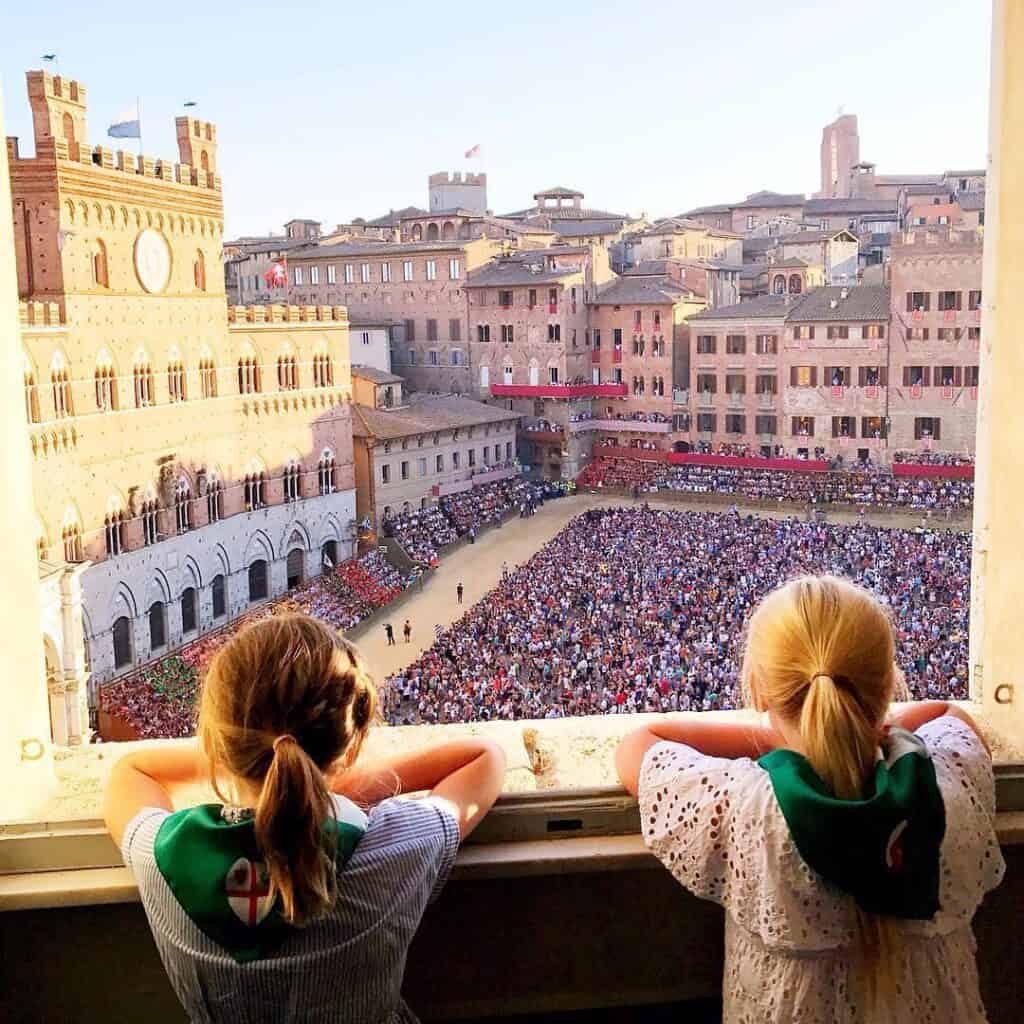
Starting from the evening after the lottery and over the next three days, there are six practice runs of the Palio di Siena to check on the condition of the horses and the jockeys as well as to get them used to one another.
There are two heats per day: at 9 in the morning and at 7.30 in the evening. Lively groups of Contrada members singing traditional songs accompany the horse from the stall in the Contrada to the Piazza del Campo, the main square, where each race heat takes place.
The fifth practice run is called the “Prova Generale”. When it is over, the Contrada members, friends, and guests get together in the heart of each Contrada for a great feast known as the “cena propiziatoria”.
The Final Practice Run and Rituals on the Last Day
The day of the Palio is a continual build up of emotion. At 8 o’clock in the morning in the Chapel near the City Hall, the Archbishop of Siena celebrates the Mass for the jockeys. Afterwards, the last practice run takes place. This is called the “Provaccia” or “bad trial run” because of the minimal effort by jockeys given that the important race will be run that same evening and also due to all the carousing that went on the evening before.
At 10.30 in the City Hall in front of the mayor, the jockeys are officially signed up for the race and cannot be substituted from that moment on. Around 3 p.m. the horses are blessed in their respective Contrade.
The Historical Parade
After the blessing ritual, the participants representing the City and the Contrade start the “Corteo Storico”, a historical parade through the centre of Siena. In Piazza Salimbeni in front of Casino dei Nobili, Palazzo Chigi Saracini, and in Piazza del Duomo, they stop for a flag-waving display. From here at the courtyard of the Palazzo del Governo, they move towards the main square around 5 p.m.
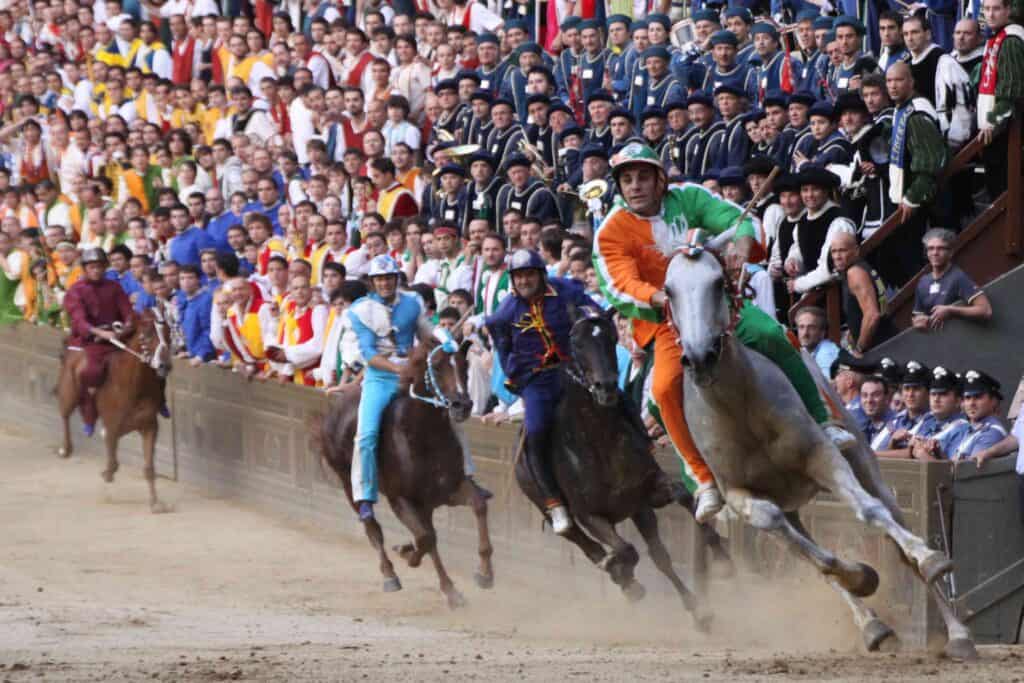
Ready, Set, Go!
A big bang announces the entrance of the horses into the Piazza del Campo from the City Hall. Each jockey is given an ox-hide whip that he can use to urge the horse on or to strike his adversaries during the race. They then move towards the starting area, “the Mossa”, cordoned off by two ropes, where they must line up when called by “il Mossiere”, the Starter.
Once again, chance plays a role: ten small wooden balls painted with the Contrada colours called “barberi” are inserted inside an instrument with a long neck, similar to that of a bottle. The draw is carried out by tipping the bottle and the “barberi” randomly fall into place in the neck of this instrument thus giving the starting line up. The first nine Contrade are called between the two cables according to the order of the “barberi”. The tenth Contrada starts the race by running in when given the go by the Starter.
At the same time as the running start of the tenth horse, the “Mossiere” lowers the rope commencing the run, the true start to the race. A big bang nullifies the start if it is not considered valid by the “Mossiere” stopping the horses which then return to their respective starting positions.
Oftentimes, the start is long and exhausting being that the start is the most critical part of the event, the most appealing, and often decisive in the outcome of the entire race. The horses must run three rounds of the square, approximately 1.000 metres. The Palio goes to the first horse to arrive at the finish after the three rounds, even if it is “scosso” or without its jockey. One last sounding of the canon welcomes the winning horse setting off absolute euphoria and delirium in celebration.
The Te Deum and the Never-Ending Festivities
Victory is the greatest joy for all Contrada members who immediately rush to receive the Palio (or get it themselves!). With the Palio banner in hand, the winning Contrada marches on to the Provenzano Church in July and the Cathedral in August to sing the Te Deum, a thanksgiving hymn. From there, the celebrations explode in the winning Contrada, and they celebrate the victory conquered in the Campo at any time throughout the year.
Between September and October following the victory, the winning Contrada celebrates a Victory Dinner, “Cena della Vittoria” which thousands of people participate in including the winning horse who is given a place of honour.
You can check the official website of the Palio di Siena for more info or contact us to join one of the famous Horseback Riding Tours we orgnize in Tuscany.
